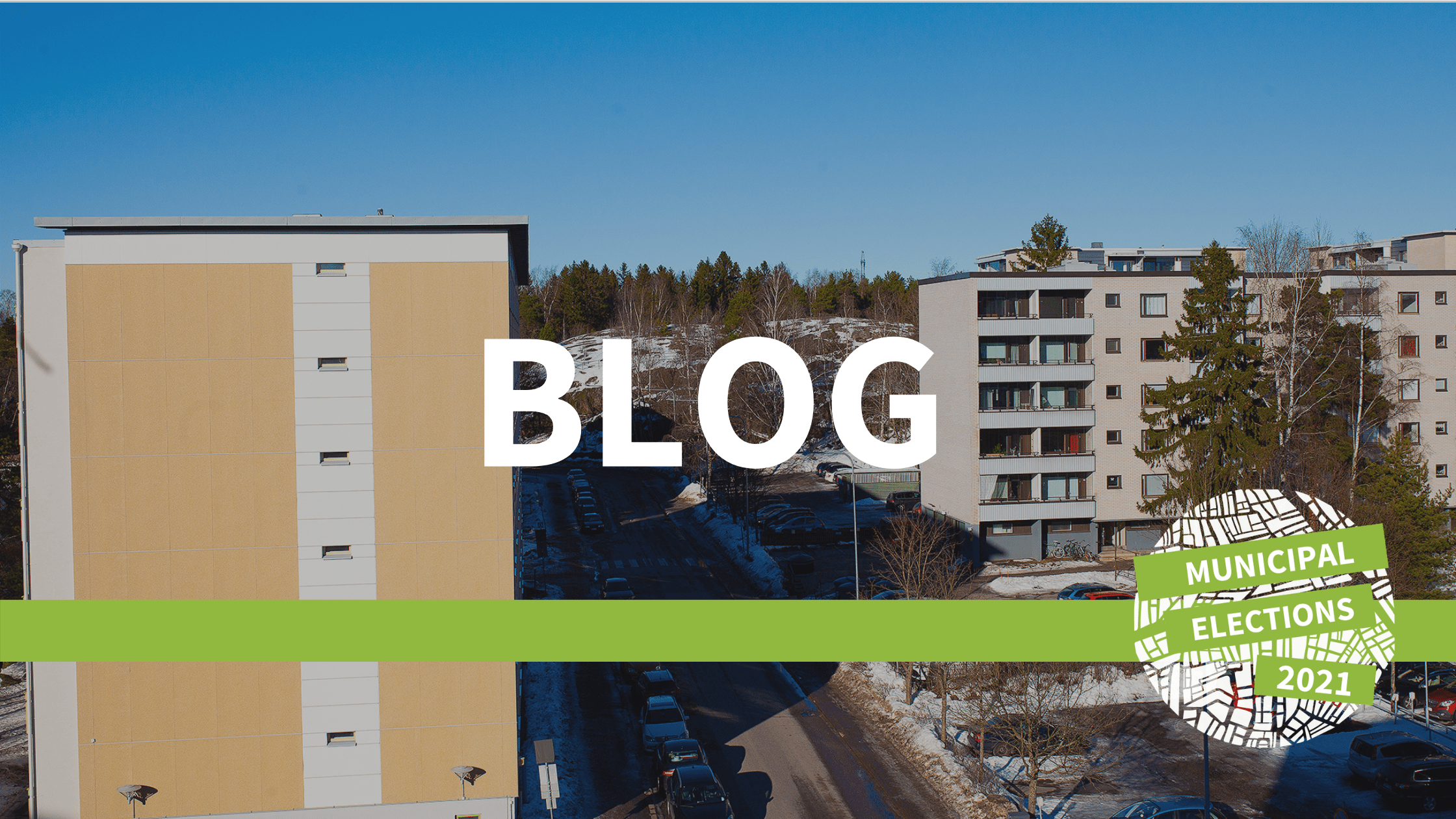Urban Policy Program of the Helsinki Metropolitan Area Student Unions:
Differentiation must be prevented during the zoning and construction phase by building diverse residential areas, taking into account the needs of population groups and cultural backgrounds.
Segregation affects the inhabitants of its surroundings. With segregation, the disadvantaged can get a miserable starting point for functioning in society, as segregation concentrates social problems in the same areas. Studies show, for example, that education is inherited, and with segregation, an unsafe environment and low-quality education reduce opportunities in society.
In Sweden, the effects of segregation are visible. In 2019, Swedish police published a list of problem suburbs in the country, 22 of which were identified as particularly problematic.
In Finland, segregation is not on the same scale as, for example, with our neighboring country, but to prevent segregation and improve the position of citizens, we need measures.
How can differentiation be prevented?
Urban planning and zoning. It is important that when planning new residential areas, different population groups are taken into account so that residential houses can be found in a price range that fits the needs of each of us. When planning areas, it is essential to pay attention to the area’s amenities and services. Without a functioning service network, there are no migrants. Linguistic accessibility must also be taken into account in the service network.
When planning new residential areas, possible public transport lines and the attractiveness they bring are also taken into account. In principle, no one wants to move away from bad connections, for example from their university campus. Good connections allow moving a little further afield if school and business trips remain reasonable. You can read about the World Student Capital Science Fiction project, which has an impact on the metropolitan area, here.
By involving. Residential areas are best developed by residents. By strongly involving the residents in the development of the area, a city will be built where the residents will feel comfortable in their residential area. In 2019, more than 100,000 Helsinki residents moved from one apartment to another within the city.
The City of Helsinki owns 64 percent of the city’s land area, so it has a lot of influence in preventing segregation.
The City of Helsinki published its implementation program for housing and related land use in November 2020. It is intended to serve as a guideline for the actors of the next term of office, and the implementation of the goals is monitored annually.
In the next programming period, the City of Helsinki will implement a city reform, which will target Malminkartano, Kannelmäki, Malmi, and Mellunkylä during the period. The purpose of urban reform is to prevent regional segregation by improving the comfort and attractiveness of regions.
By voting, you also have an impact on how the goals will be achieved in the future and what kind of program the next council will leave behind.


